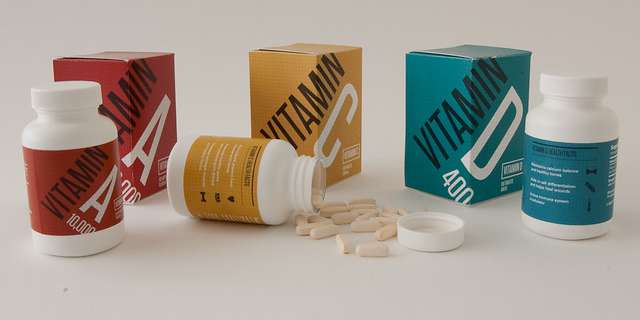
Spectrophotometric technology can be used for a variety of applications in pharmaceutical vitamins and multivitamin formulations. Image Source: Flickr user Colin Dunn
Multivitamins have become a regular supplement to the dietary needs of many Americans. Spectrophotometric determination of individual vitamins is needed to develop products that meet the specific requirements for supplementary use and quality. As many food sources fail to provide all the essential vitamins and minerals we need, more individuals are looking for alternatives that deliver precisely the right amount of nutritional supplement needed to maintain a healthy lifestyle in a safe and effective manner.
Simultaneous determination of multivitamin preparations
Simultaneous spectrophotometric determination of various vitamins such as folic acid (vitamin B0), thiamin (vitamin B1), riboflavin (vitamin B2), pyridoxal (vitamin B6), ascorbic acid (vitamin C), and vitamins A, D, and E all utilize absorption value measurements for rapid analysis and formulation purposes. Multivitamin pharmaceutical preparations rely on this spectral data for pre-capsulation measurements and to assure precise quantification. Choosing the proper spectral tool and wavelength range is an important part of developing accurate formulation results. UV/VIS spectrophotometers are primarily used for this type of evaluation and can provide results quickly and easily, making them a good choice in vitamin analysis.
Concentration measurements are an important aspect of spectrophotometric determination and help to ensure that proper formulation is achieved for both quality and safety. Spectral data can be used to set quantification limits to guarantee that multivitamin pharmaceuticals achieve the precise concentration levels needed for optimum performance. Spectrophotometric determination provides the most accurate representation of these measurements and can be used for a variety of applications in this industry.

Measuring concentrations in multivitamin formulations are essential for quality, effectiveness, and safety. Image Source: Flickr user Colin Dunn

